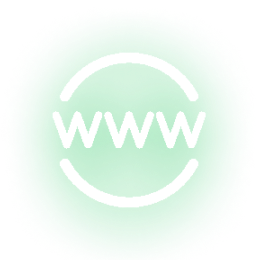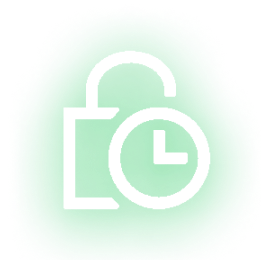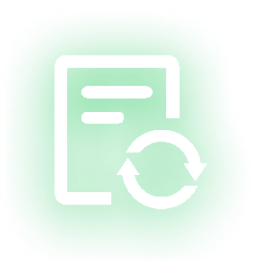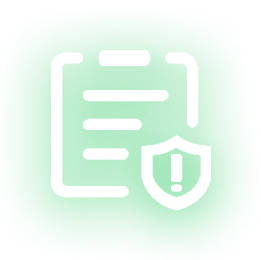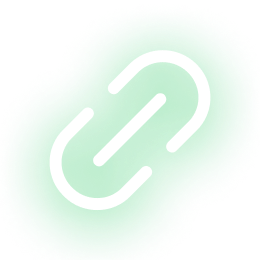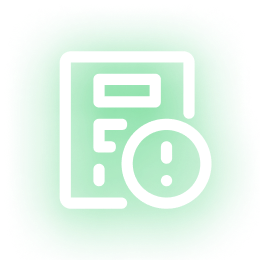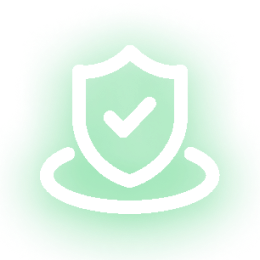What Is Domain Monitoring?
As the core gateway for enterprise online operations, domain lifecycle management faces a critical challenge: uncontrolled expiration risks. Domain expiration not only leads to website downtime and service interruptions, but may also trigger security risks like phishing attacks through malicious domain takeover. Domain monitoring not only proactively prevents business disruptions but also serves as a strategic safeguard to protect enterprise digital assets and ensure operational continuity.

Best Practice of Domain Monitoring
In practice, effective domain monitoring must resolve three critical challenges:
1. Dynamic Tracking of Domain Status: Implement real-time monitoring of expiration timelines and instant detection of domain status changes.
2. Tiered Alert Mechanisms: Establish differentiated alerts, including pre-expiration notifications (30, 14 and 7 days before expiration) and post-expiration emergency alerts. This multi-layered solution ensures timely risk mitigation through real-time status tracking.
3. Avoiding Secondary Risks: Automated domain monitoring tools can prevent risks linked to expired domains. Manual inspection further enhances threat identification, helping detect threats such as phishing scams and counterfeit brand impersonation.
It is important to note that domain monitoring is not an isolated component. It is typically integrated with SSL monitoring and DNS monitoring to form a complete domain security protection framework. This interconnected approach not only mitigates service disruptions caused by short-term oversights but also enables long-term optimization of domain resource allocation through data analysis.
Lifecycle of a Domain Name
1. Validity Period (1 to 10 years)
Determined by the duration selected during registration. The domain becomes active upon successful registration or renewal. During this phase, the domain remains fully functional for DNS management, transfers, and updates.
2. Grace Period (Typically 30 days)
Automatically triggered if the domain expires without renewal. Limited functionality applies during this phase, but the domain can be reactivated by renewing it.
3. Redemption Period (Typically 30 days)
Begins if the domain remains unrenewed after the Grace Period. The domain is locked, and recovery requires contacting the registrar with additional fees (typically higher than standard renewal costs).
4. Deletion Period (About 5 days)
If unredeemed after the Redemption Period, the domain becomes irrecoverable and awaits permanent removal from the registry database.
Important Notes
• Terms and fees may vary across registrars or domain extensions. Always verify specifics with your provider.
• Domains are released immediately after the Deletion Period and return to an unregistered “available” state.
• Domain registration follows a first-come, first-served principle. Proactive planning critical to avoid potential snatching risks.
What Happens If Your Domain Expires?
When a domain expires, risks emerge that can impact your online presence:
Service Disruption
Upon expiration, all associated services (website, email, API, etc.) will become inaccessible via the domain. Users will encounter errors such as “connection failed” or “domain deactivated”.
Domain Takeover Threat
Expired domains are prime targets for malicious speculators. These actors may acquire the domain to launch phishing sites, distribute fraudulent content, or impersonate legitimate brands, directly eroding user trust in your brand.
SEO Ranking Reset
Search engines gradually remove expired domains from their indexes. Even if the domain is later reclaimed, its historical SEO value and organic traffic streams are typically lost, requiring months or years to rebuild.
Proactive renewal is essential to safeguard your digital assets and business continuity.
Domain Takeover: When Strangers Control Your Website
Domain Takeover refers to attackers illegally gaining control of a target domain through technical exploits or management vulnerabilities, then using the domain to conduct malicious activities. This essentially means attackers “takeover” the domain’s administrative privileges from the rightful owner, enabling them to modify DNS settings, website content, or service configurations at will.
Common Attack Methods
1. Domain Expiration Without Renewal
Attackers target domains that enter the Redemption Period or Pending Deletion phase after expiration, registering them once released to the public.
2. Third-Party Service Configuration Residues
When businesses deactivate cloud services but fail to remove associated CNAME records, attackers may create duplicate service accounts to takeover subdomains linked to those records.
3. Compromised Credentials
Stolen admin passwords or API keys for domain registrars, DNS providers, or cloud platforms allow attackers to directly modify domain ownership or DNS records.
4. Registrar System Vulnerabilities
Exploiting security flaws in registrar systems (e.g., authentication bypasses) to illegally transfer domains to attacker-controlled accounts.
Defense Strategies
– Enable auto-renewal and use domain monitoring tools to check expiration dates.
– Audit and remove unused DNS records.
– Enforce multi-factor authentication for domain-related accounts.
– Partner with ICANN-accredited registrars offering transfer locks and breach alerts.
Proactive security measures are critical to prevent domain takeover and protect brand integrity.
Learn more about Domain Monitoring
All features free for life for the first 500 users!
Sleep easy—your website is always protected!





